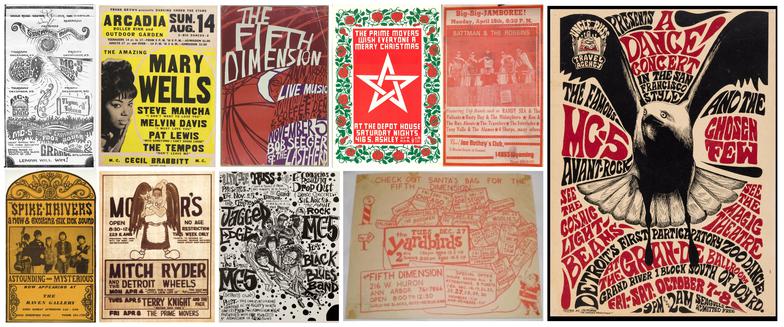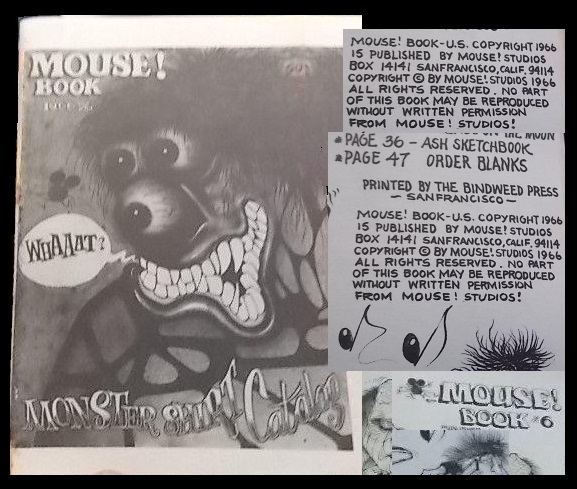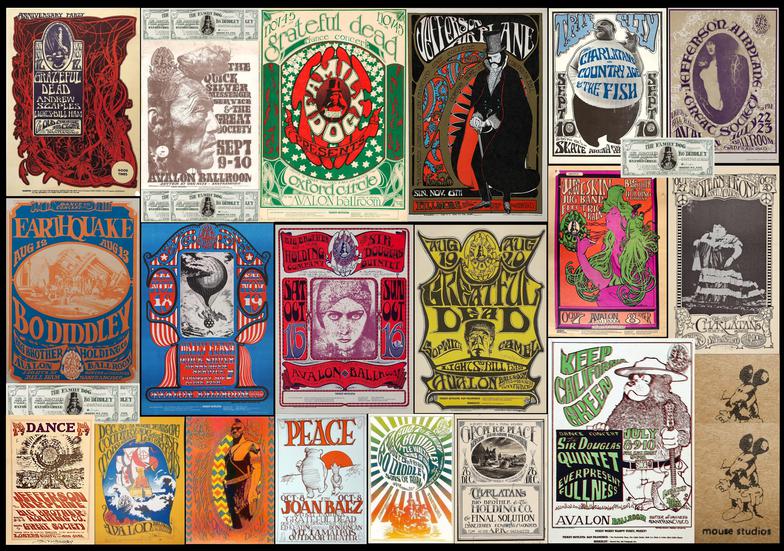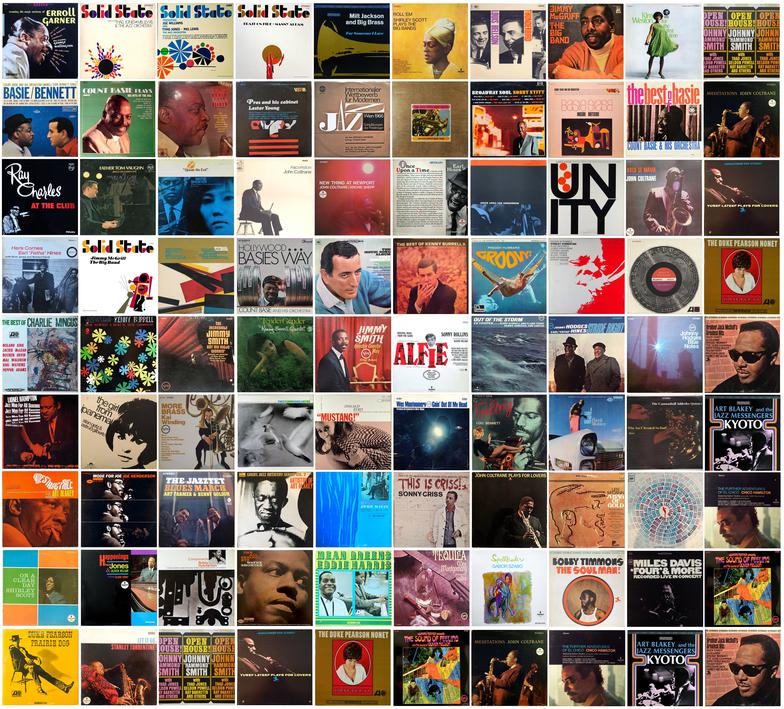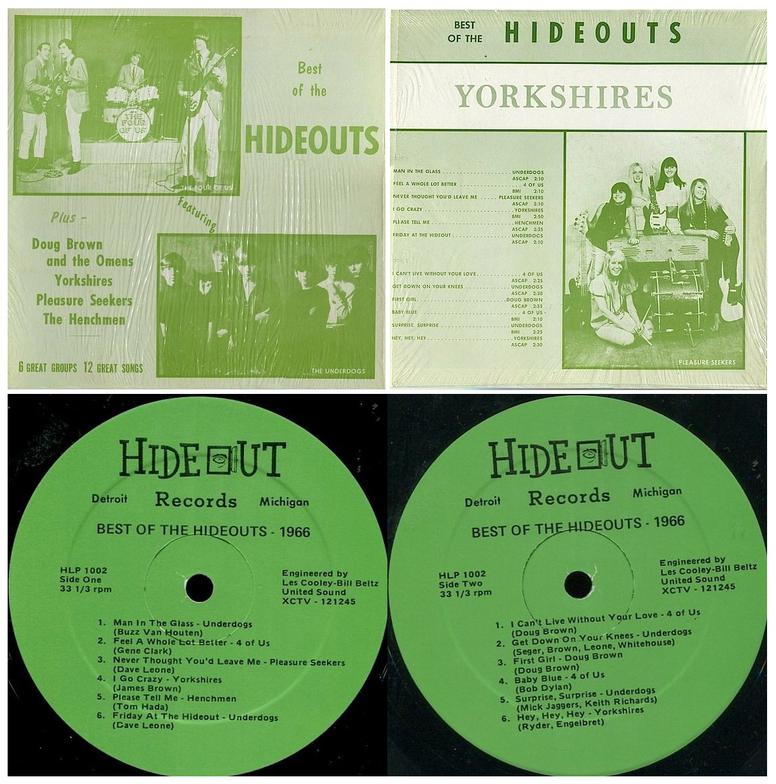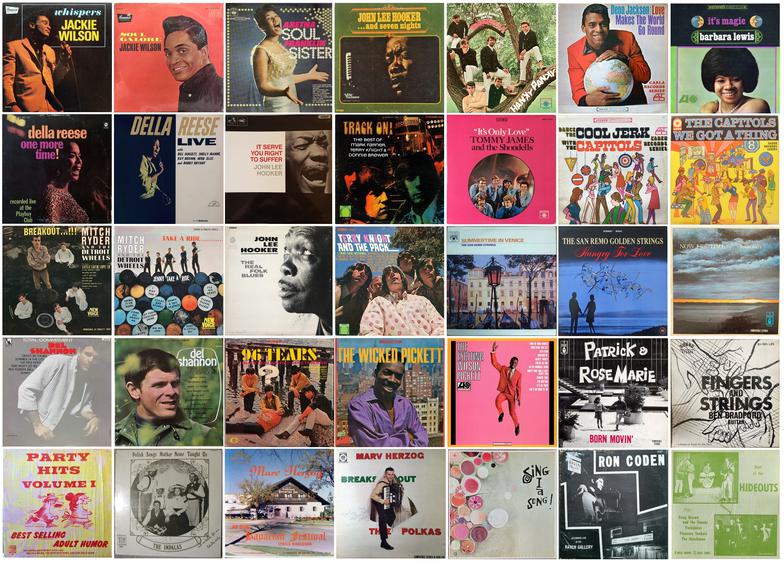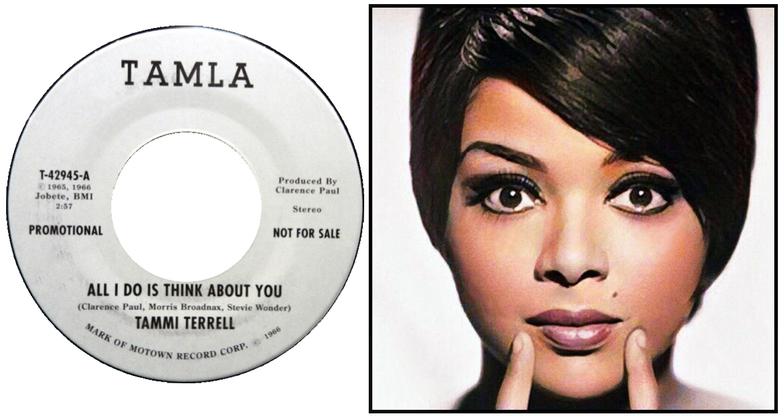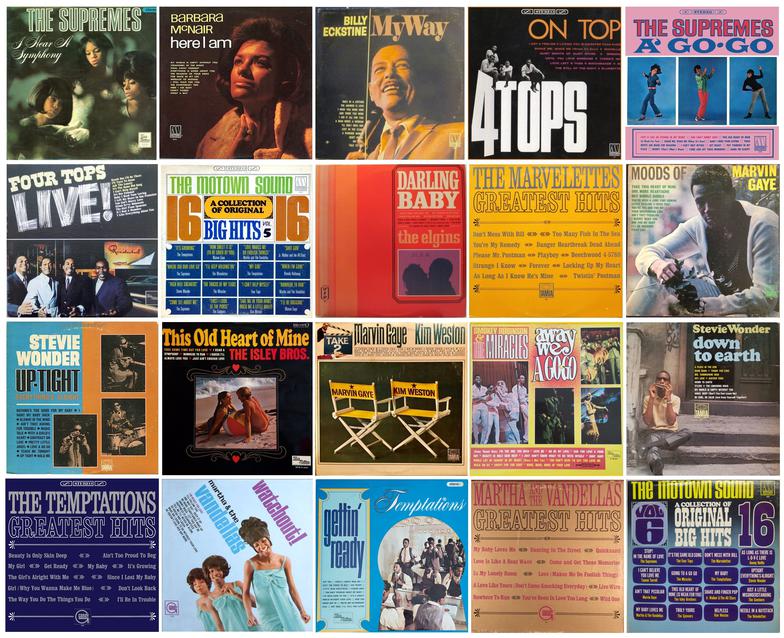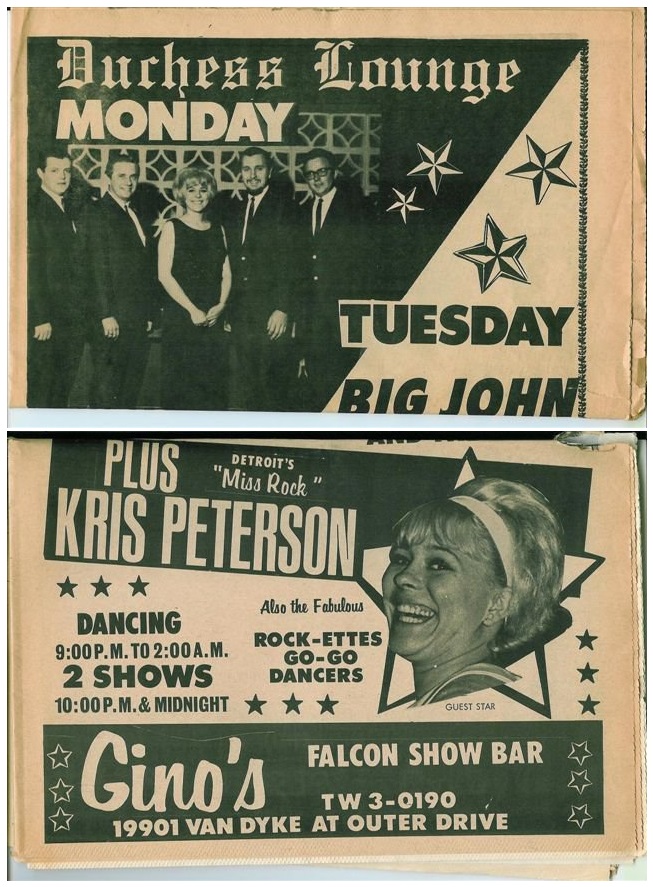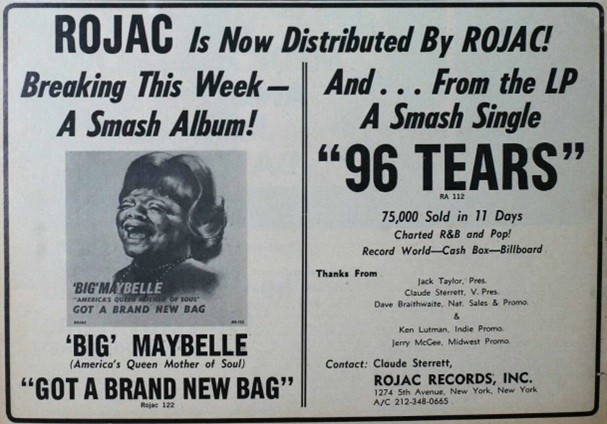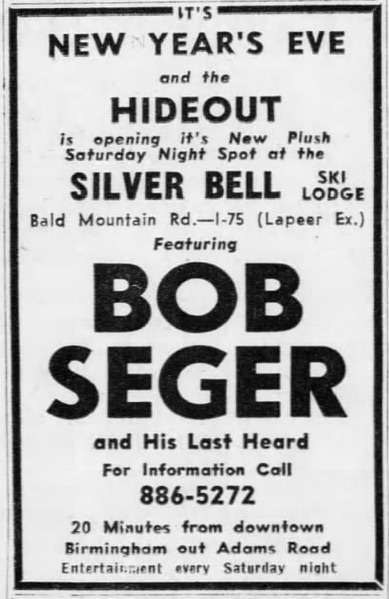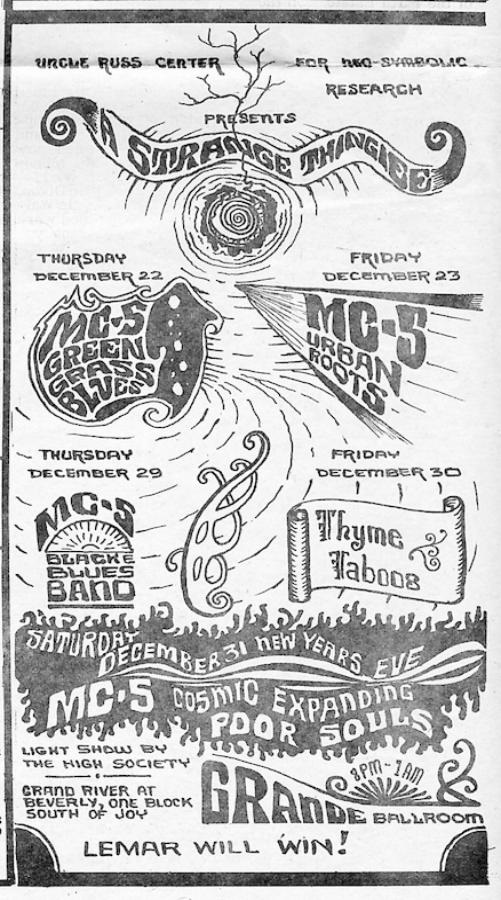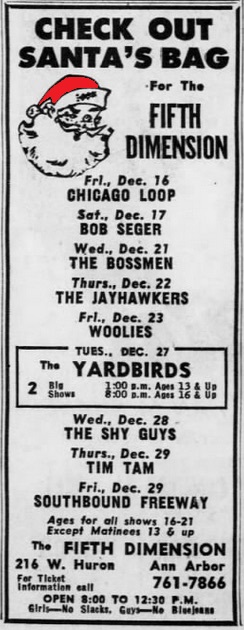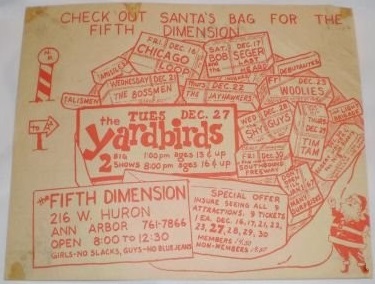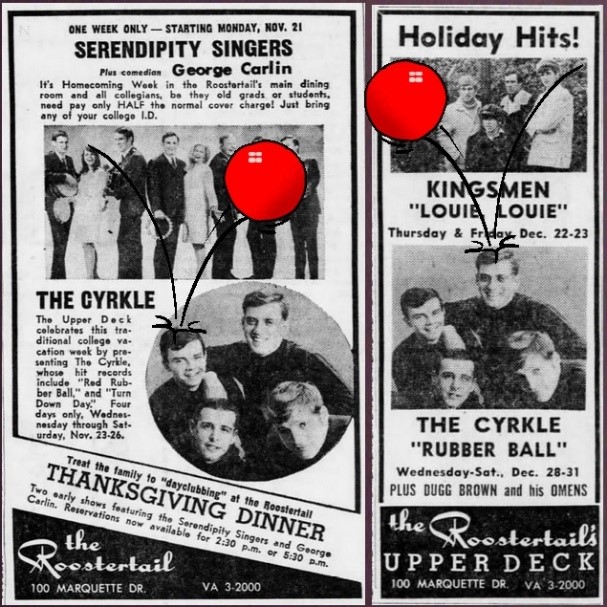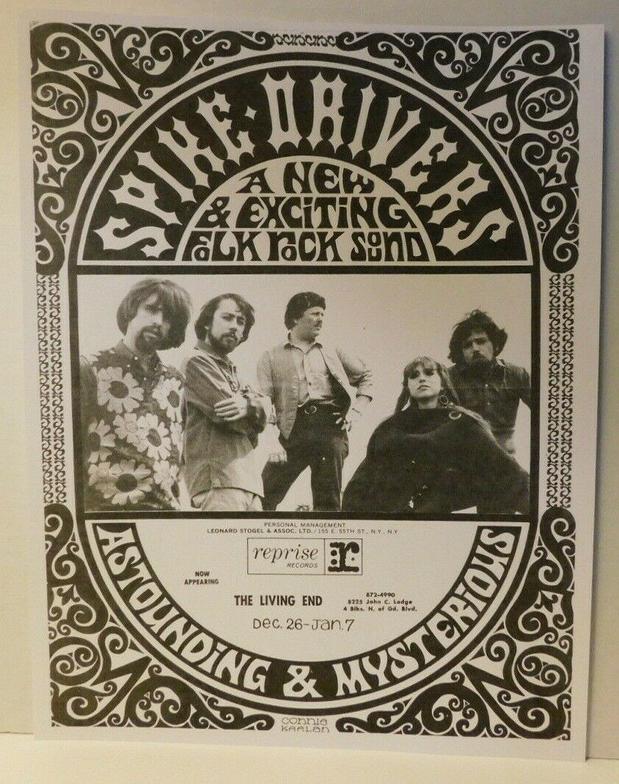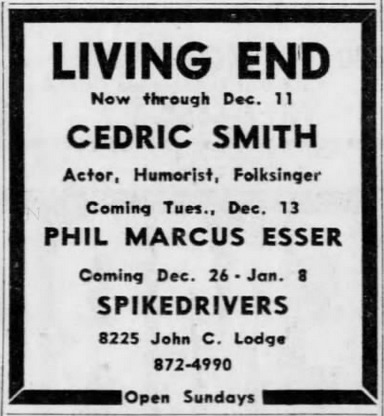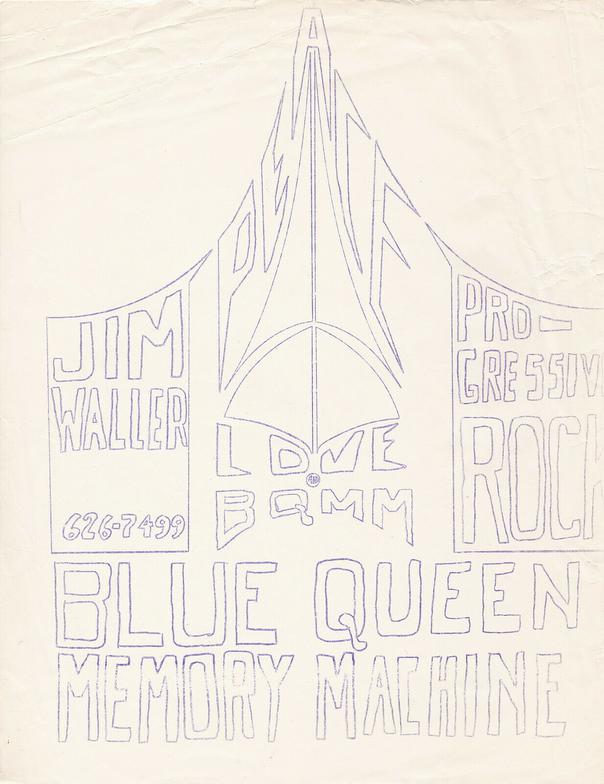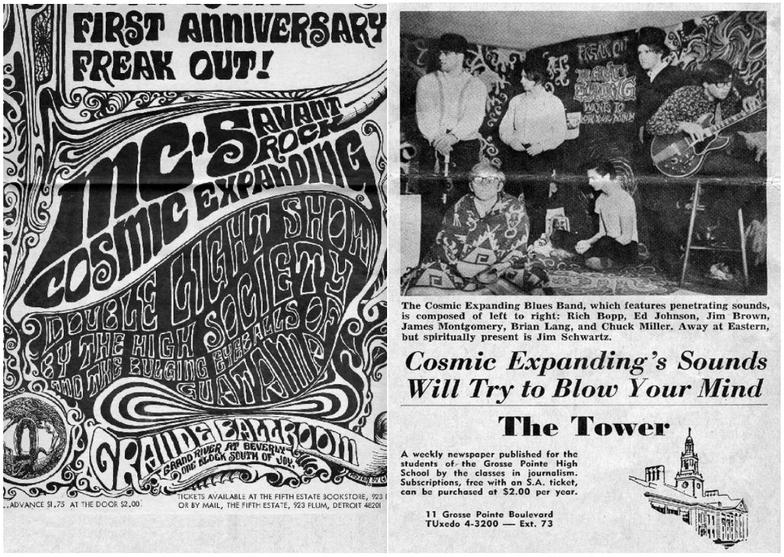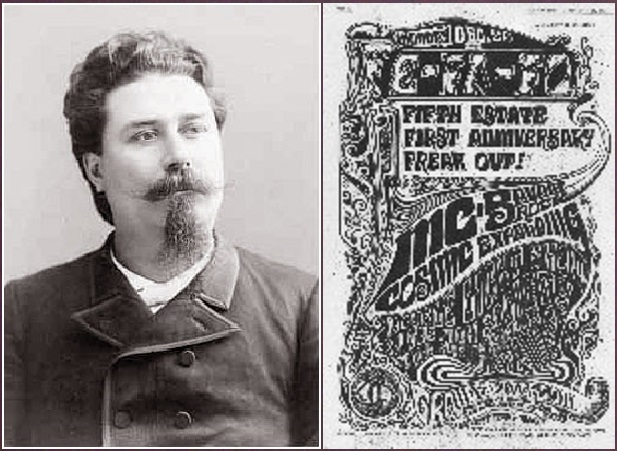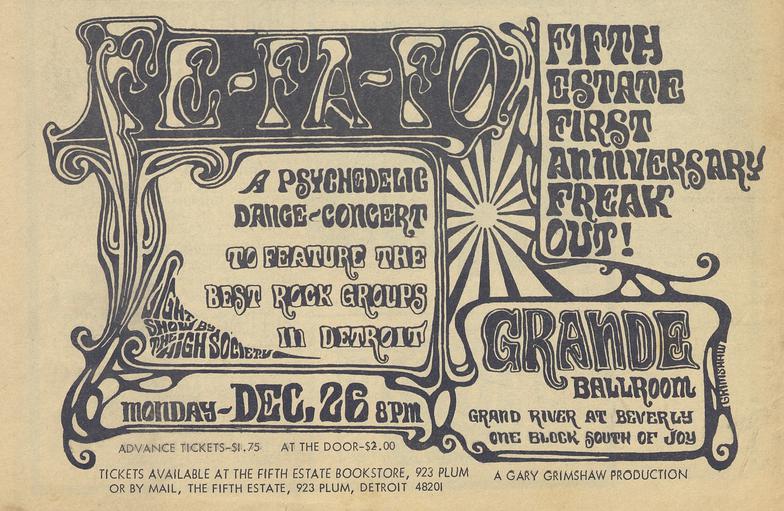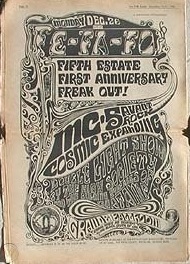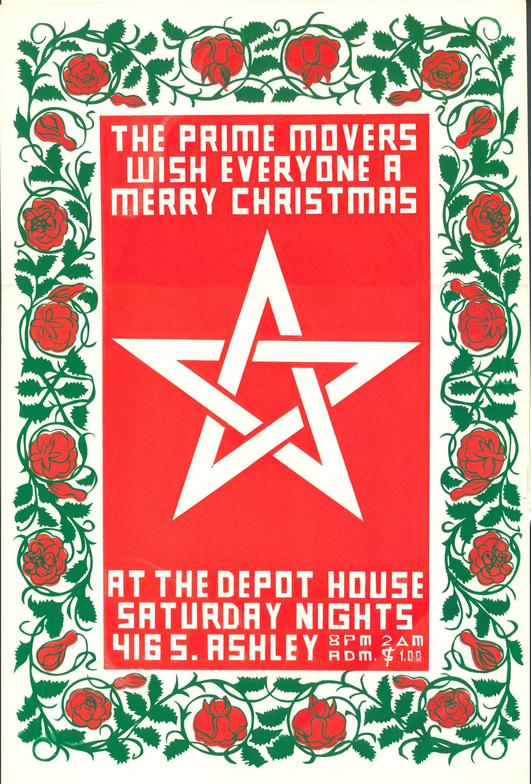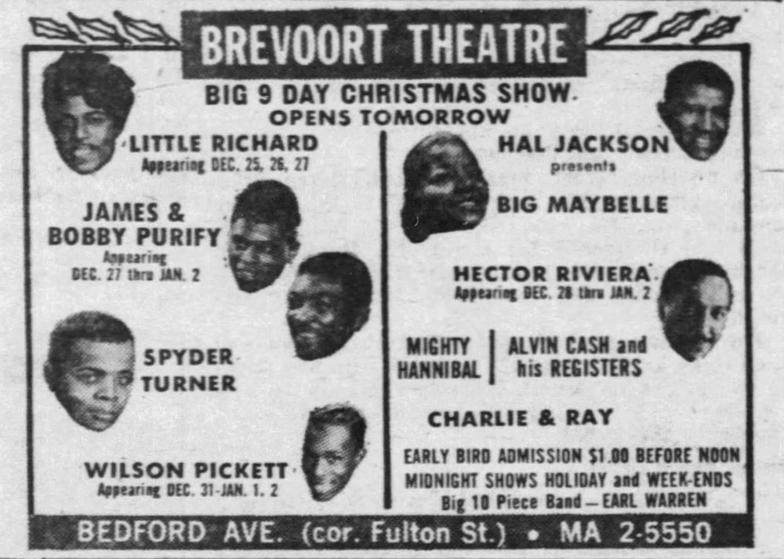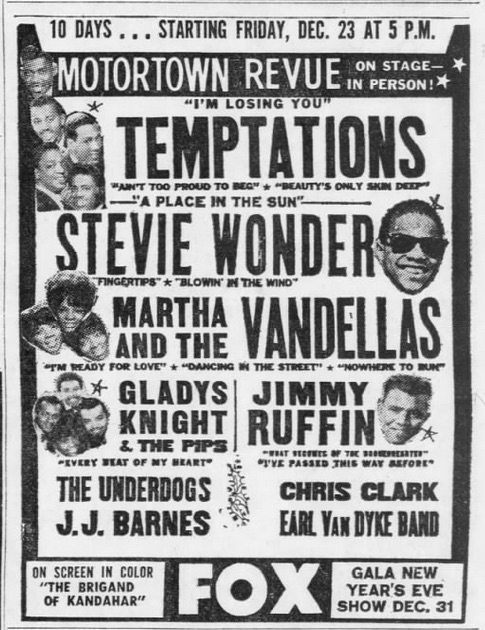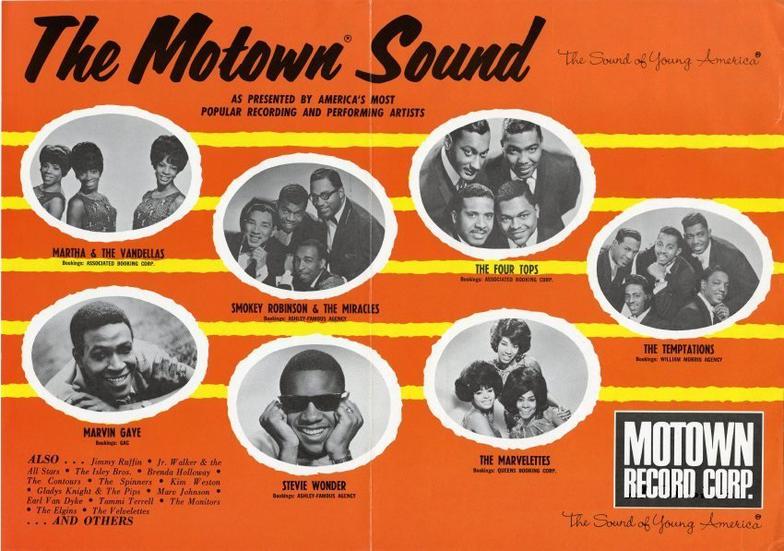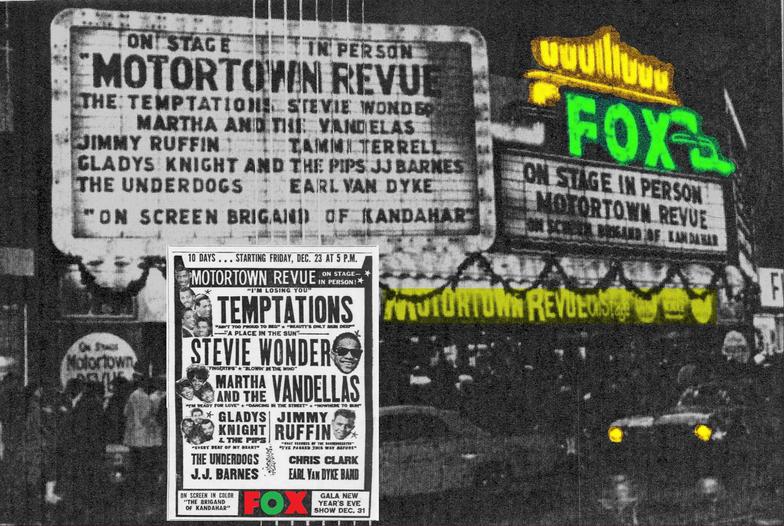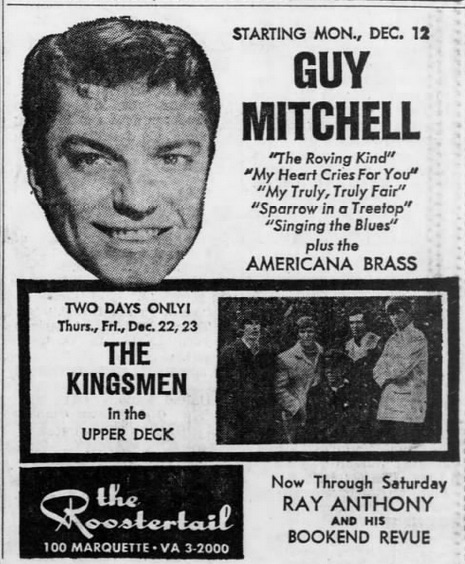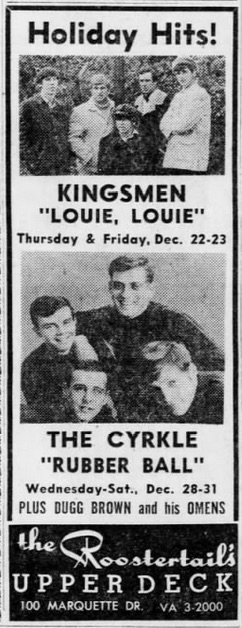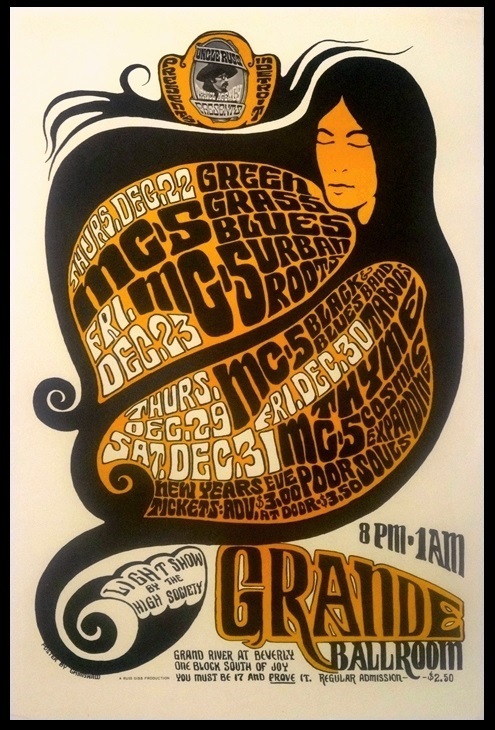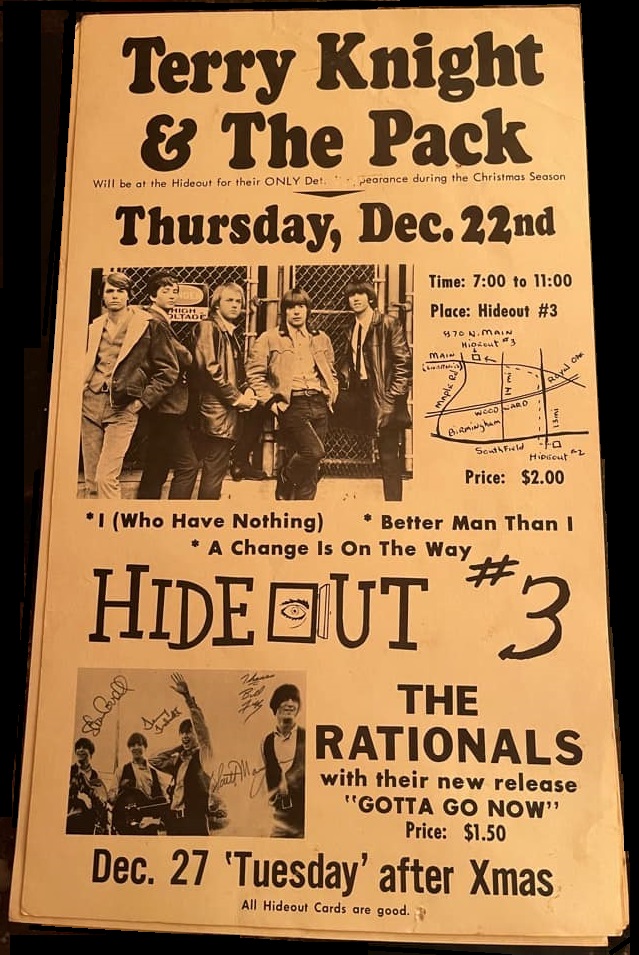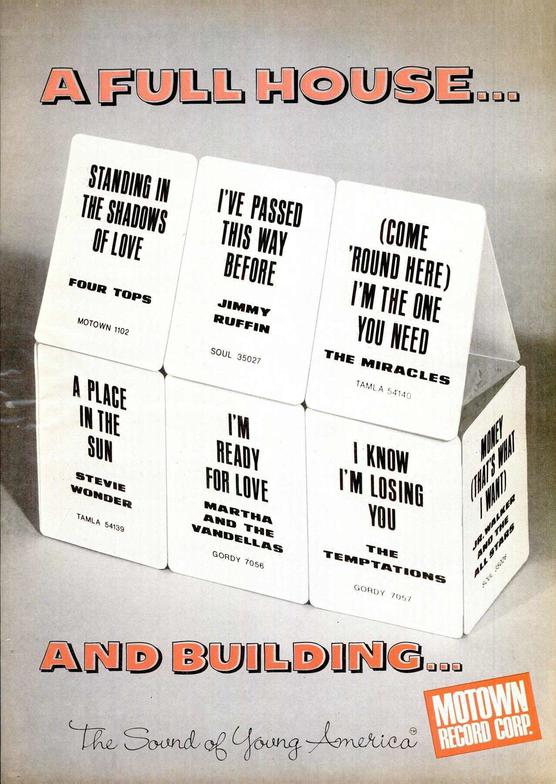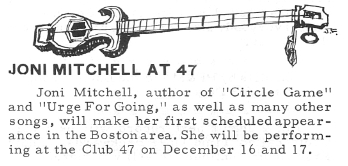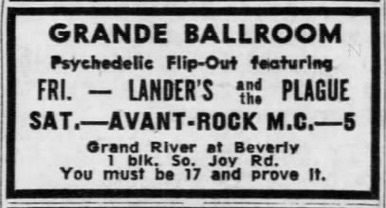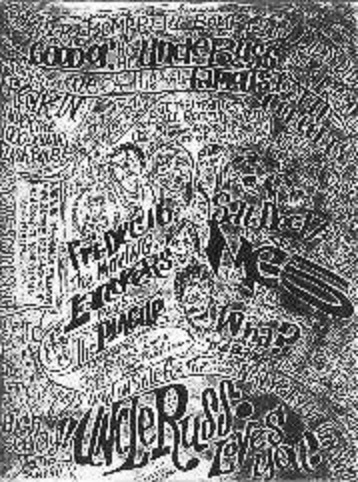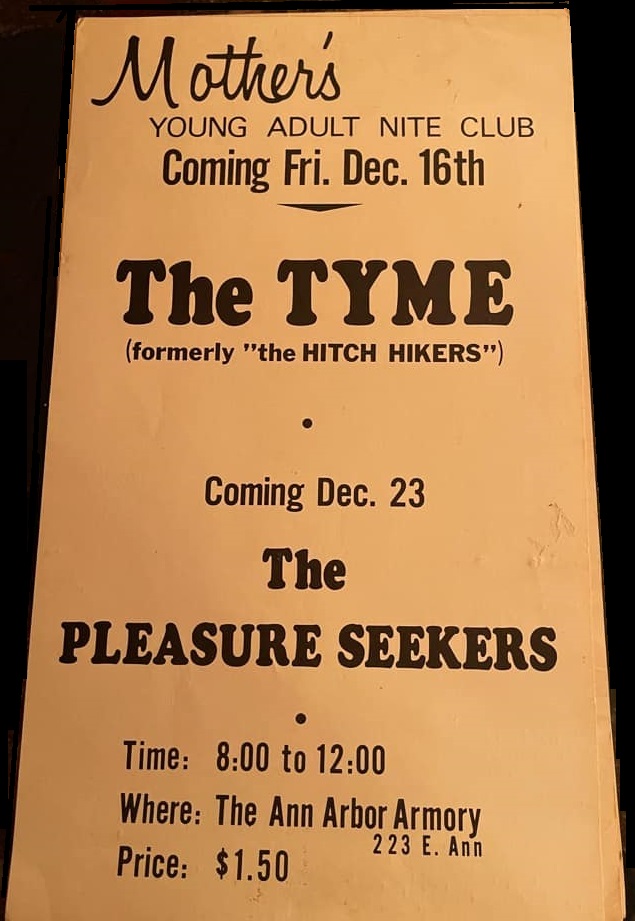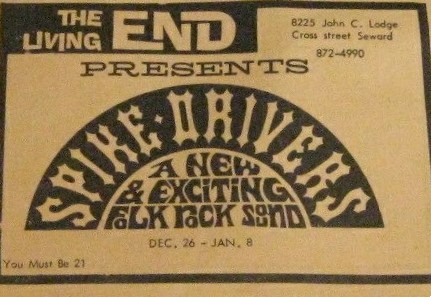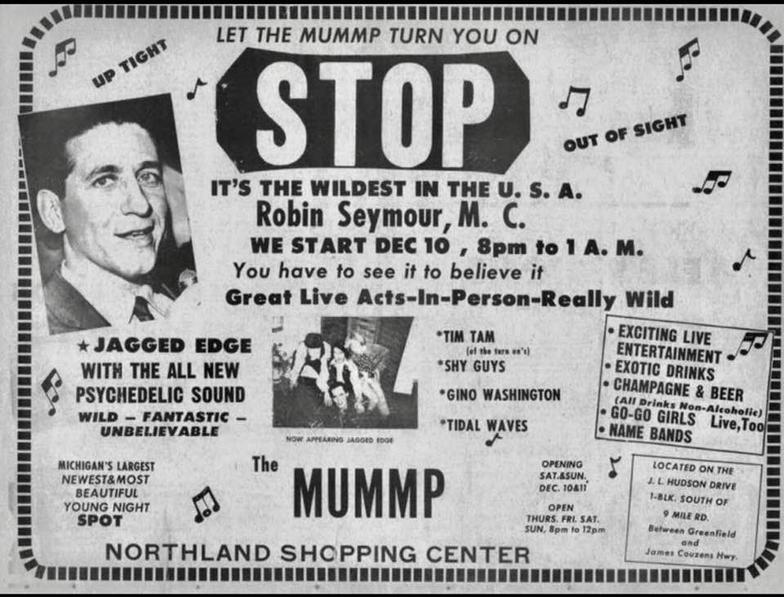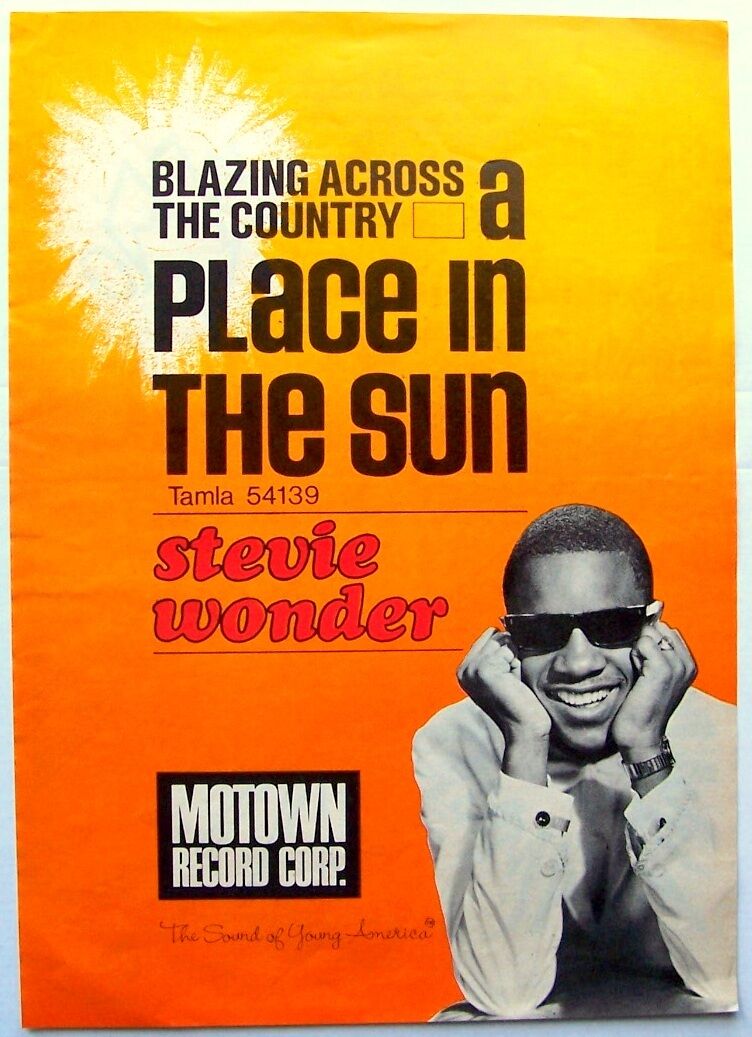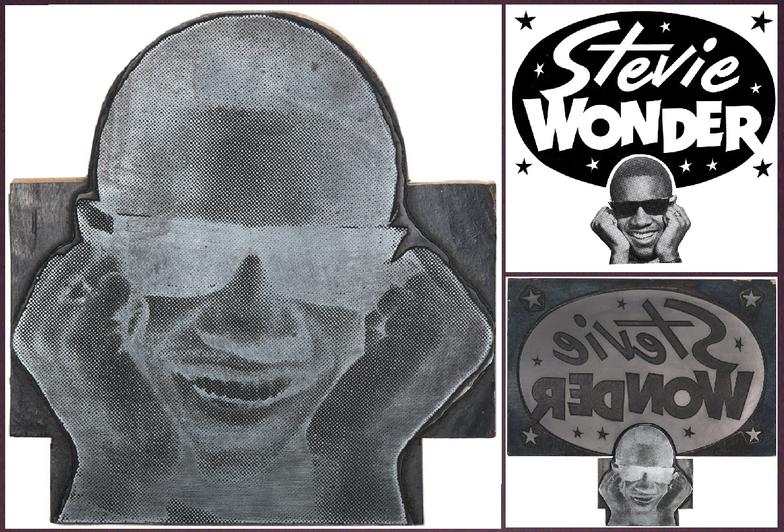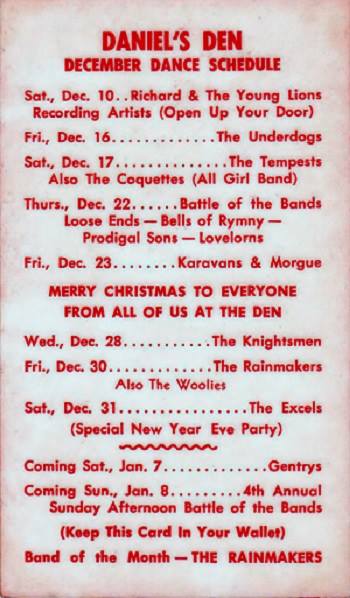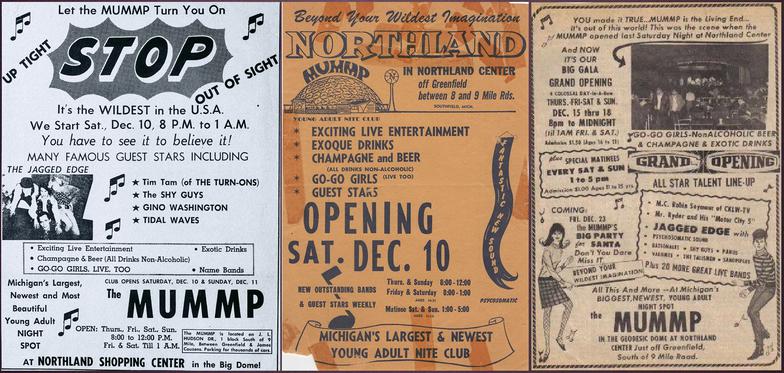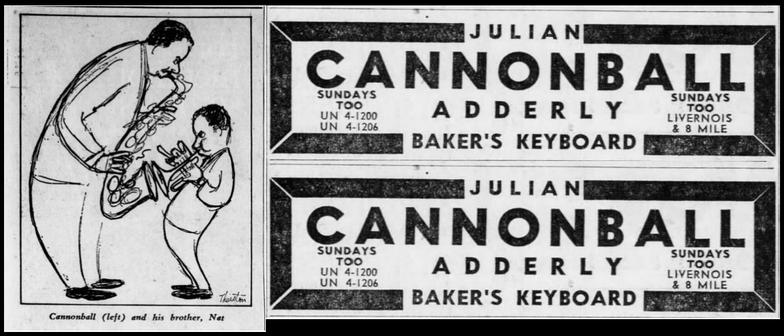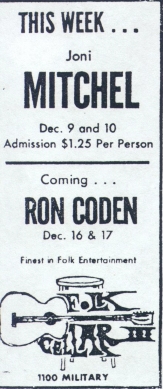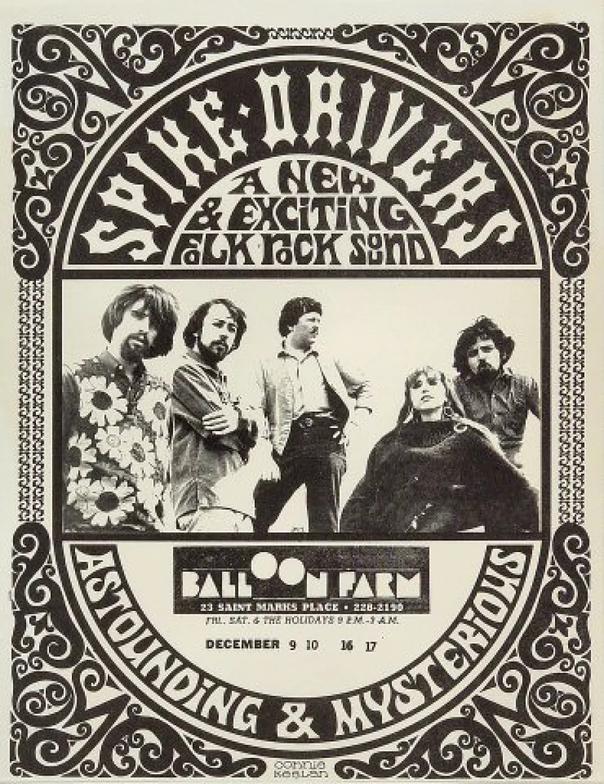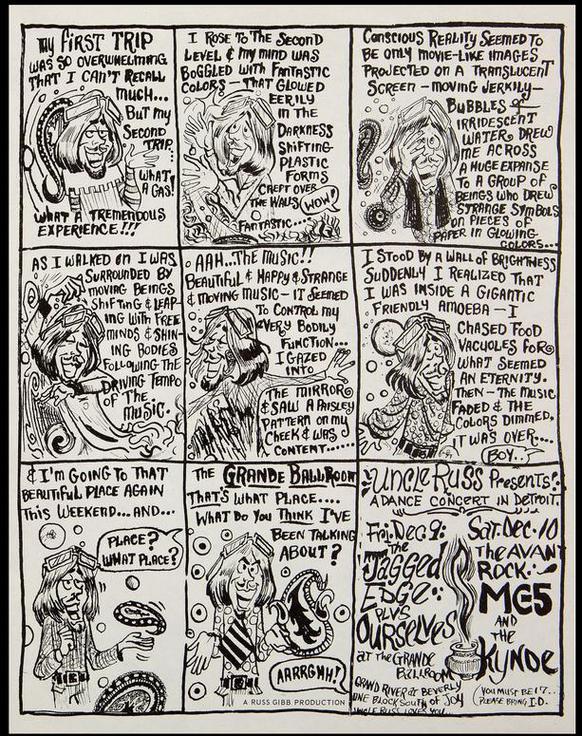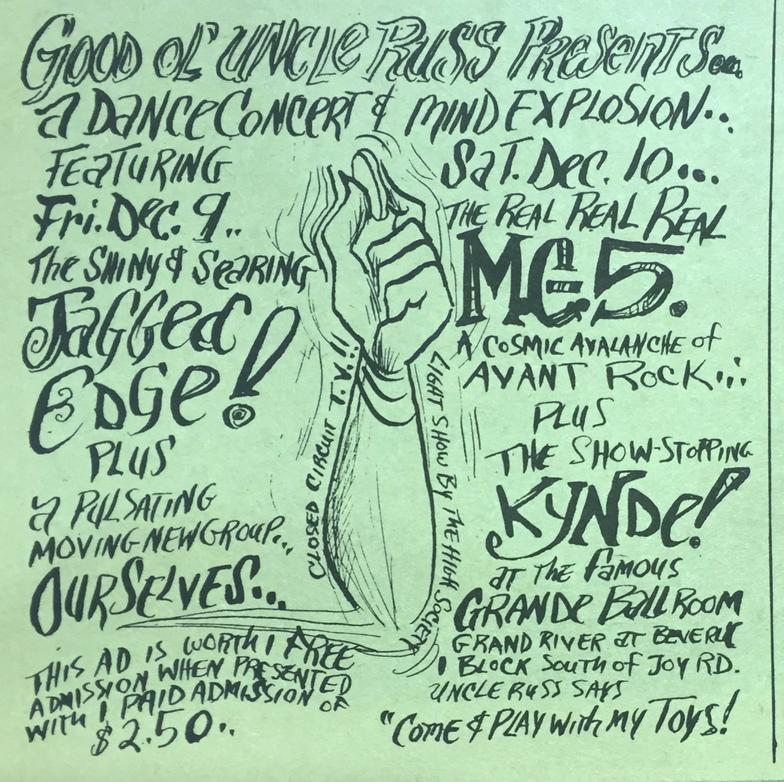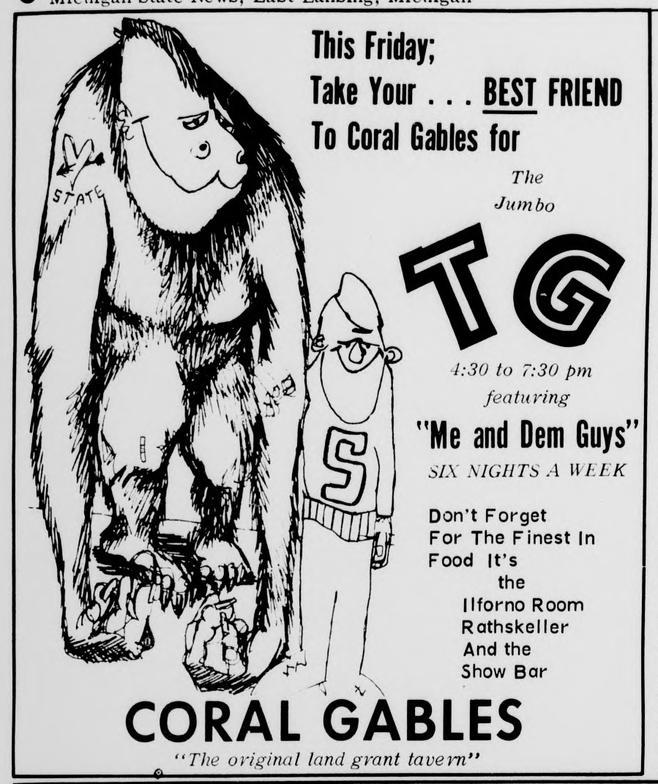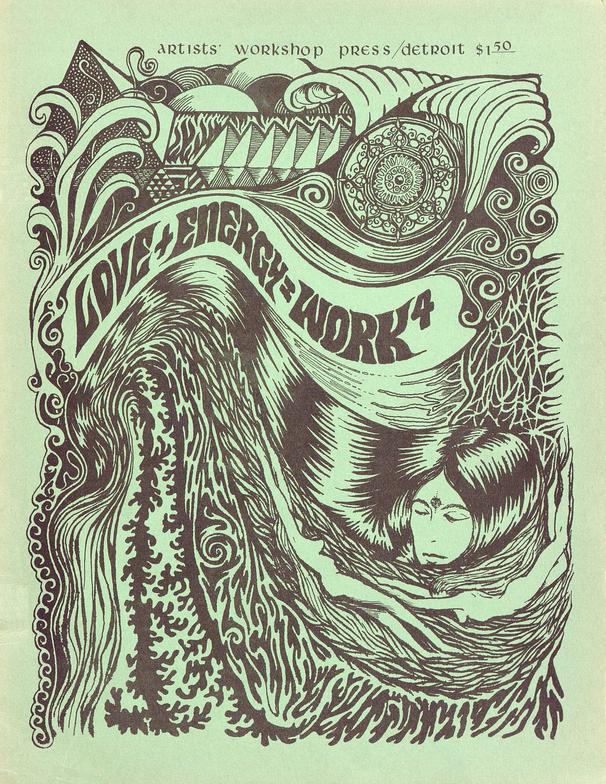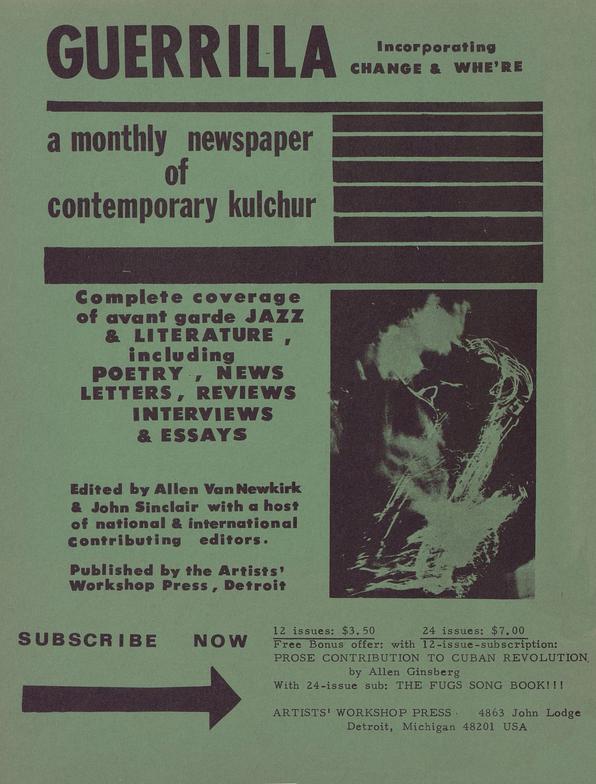Splatt Gallery
Double click here to add text.
Splatt Gallery's History of Michigan Music Posters
Volume Two - 1964-1966 - Page Twenty-One
************************************************************
Nineteen sixty-six was the first year that had an appreciable amount of Michigan concert posters, going from less than a dozen in 1965 to close to 100 in 1966, giving us our first year-end selection of ten favorites:
Grande Ballroom, Detroit year-end shows – 12/22-31/66 – artist James Montgomery
Mary Wells – Arcadia Roller Rink, Detroit – 08/14/66 – artist Globe Posters
Bob Seger – Fifth Dimension, Ann Arbor – 11/05/66 – artist Kramer Design
Mitch Ryder – Mother’s, Ann Arbor – 04/04/66 – artist unknown
Prime Movers – Christmas 12/25/66 – artist Michael Erlewine
Battman & the Robins – Joe Bathey’s Club, Detroit – 04/18/66 – artist unknown
Spike Drivers – Raven Gallery, Detroit – 05/01/66 – artist Connie Keelan
December Calendar - Fifth Dimension, Ann Arbor – 12/16/66 – artist Mickey Kress
MC5 – Grande Ballroom, Detroit – 11/25/66 – artist Rob Tyner
And finally, the most recognized, most iconic, and most expensive Michigan concert poster of them all – the “Seagull” poster for the Grand Opening – Grande Ballroom, Detroit – 10/7/66 – artist Gary Grimshaw
Volume Two - 1964-1966 - The End
Return to main History Page - HERE
Stanley Mouse’s Monster Shirt Catalog #6, printed by Bindweed Press in San Francisco, 1966.
A collection of concert posters by Stanley Mouse & Alton Kelley from 1966.
Over 80 albums released in 1966 that featured our “Class of ‘56” Detroit jazz musicians, Thad Jones, Elvin Jones, Billy Mitchell, Tommy Flanagan, Pepper Adams, Kenny Burrell, Donald Byrd, Curtis Fuller, Doug Watkins, Paul Chambers, and Ron Carter with the likes of Miles Davis, John Coltrane, Count Basie, Stan Getz, Art Blakey, Jimmy Smith, and others, as well as albums under their own names.
Dave Leone released a compilation album of singles from his Hideout Records label releases, including tracks by the Underdogs, Pleasure Seekers, Doug Brown & the Omens, the Henchmen, the Yorkshires, and the 4 of Us.
A collection of albums by Michigan artists, other than Motown, that were released in 1966. Two each by Jackie Wilson, Della Reese, and Del Shannon, three by John Lee Hooker, and the eighth studio album by Aretha Franklin, her second to last for Columbia Records.
Both groups, Terry Knight & the Pack and Mitch Ryder & the Detroit Wheels, released their debut albums and quick follow-ups. Two artists with Michigan roots, Wilson Pickett and Tommy James, each had two albums.
The San Remo Golden Strings, a studio group with members of the Detroit Symphony Orchestra, and the Motown backing band Funk Brothers, released their debut album on Ric-Tic Records, along with a quick follow-up on the London, England based label, Marble Arch.
Ollie McLaughlin’s various labels, named for his daughters, had a number of successful records in the year, including “Cool Jerk” by the Capitols which led to two album releases, Deon Jackson’s “Love Makes the World Go Round” was parlayed into his only album release, and Barbara Lewis released her forth LP.
Dave Leone and Punch Andrews’s Hideout label released a compilation album (described below) and the live album of Ron Coden at the Raven Gallery in July. Danny Dallas, the recording engineer of many of the Hideout sessions at United Sound Systems in Detroit, had his own label, Sound Patterns, based in Farmington, Michigan. It released a debut album. “Sing I A Song” by the nun Sister Felix, her second album “Now It’s Time” was released on Chiro Records, which also released an album by the duo Patrick & Rose Marie, described as “Christian psych-folk from Detroit”.
Trash Records, of the New Haven, Michigan Sound, Inc., gave us “Party Hits Volume 1” and “Polish Songs Mother Never Taught Us” by polka group the Impalas, while the parent company released two albums by the Frankenmuth, Michigan polka legend Marv Herzog, and a sole album by guitarist Ben Bradford which was produced by Stan Getz and had a great album cover art.
The world first heard the Stevie Wonder song “All I Do” as a track on his 1980 album “Hotter Than July”, but he had co-written the song in 1966 and it was first recorded by Tammi Terrell that same year. Her version never saw release in her lifetime and remained in the Motown vaults until it was posthumously included on the compilation “A Cellarful of Motown!” in the UK in 2002.
Tammi Terrell – All I Do (1966)
https://www.youtube.com/watch?v=ZUzeColSMTQ
Twenty albums that were released by Motown Records in 1966, including two by the Supremes, both were #1 on the Billboard R&B albums chart, with “The Supremes A' Go-Go” also topping the Billboard 200 chart. Two albums were also released by Stevie Wonder, the Four Tops, the Temptations, Martha & the Vandellas, and Marvin Gaye, one a duet with Kim Weston.
A pair of ads for singer Kris Peterson, circa 1966 – 1967, at the Duchess Lounge and Geno’s Falcon Show Bar. The gentleman to her left, with the goatee, is guitarist extraordinaire Dennis Coffey.
An ad in the December 31, 1966 issue of Billboard magazine with “Big” Maybelle’s cover version of “96 Tears”.
“Big” Maybelle – 96 Tears (1966)
https://www.youtube.com/watch?v=KI4x53gN-t8
On New Year’s Eve, December 31, 1966, Punch Andrews “officially” opened the Silverbell ski resort on Bald Mountain in Auburn Hills, Michigan as their fourth Hideout location. Apparently, there are Internet groups dedicated to finding long-lost ski lodges, as seen here:
https://www.youtube.com/watch?v=9z6U51_SlX8
A fantastic find, we don’t know the source, but it appears to be a newspaper ad, you can see a border line on the side that was probably around another ad on the page.
A very cool illustration by James Montgomery that describes the final weeks of 1966 at the Grande Ballroom, it has the five shows that were on the Gary Grimshaw poster; MC5 with Green Grass Blues on December 22, MC5 with Urban Roots on December 23, MC5 with Black & Blues Band on December 29, Thyme with Taboo on December 30, and the New Year’s Eve show of the MC5 with Poor Souls and Cosmic Expanding on December 31, 1966.
The art has a shout-out at the bottom to LeMar, the earliest marijuana legalization advocacy organization, formed by Allen Ginsberg in NYC in 1965.
Mickey Kress employed the time-honored use of Santa Claus with the currently hip double-entendre of the word “bag” to advertise the year-end run of shows at The Fifth Dimension, with the biggest “present” being two shows by The Yardbirds on December 27, 1966.
This would be the Yardbirds fifth Michigan appearance. Their first, on December 12, 1965 at the IMA Auditorium in Flint was likely arranged by Terry Knight, who had just returned to Flint after a year of hanging out with British rock stars in London, England and his new band, The Pack were also on the bill. Following that were appearances at two unlikely venues, Daniel’s Den in Saginaw and Green’s Pavillion in Devil’s Lake, Michigan. And The Yardbirds had also been part of the Carnaby Street Fun Festival at the Michigan State Fairgrounds where we have just seen Andy Warhol’s mod wedding with The Velvet Underground.
The Yardbirds – Over Under Sideways Down (1966)
https://www.youtube.com/watch?v=L4DdAs0PddQ
Poster/handbill version of Mickey Kress’ December 1966 schedule for the Fifth Dimension in Ann Arbor.
The Rhondells were a frat rock band from Easton, Pennsylvania who were discovered and became managed by Brian Epstein. John Lennon gave them their new name, The Cyrkle, and Paul Simon gave them a song he’d written called “Red Rubber Ball”. They toured with The Beatles in 1966, including opening for them in Detroit at the Olympia in August.
They next appeared in Detroit at the Roostertail over Thanksgiving in November and they ended the year with a return engagement at the Roostertail, December 28-31, 1966, along with Bob Seger’s one-time mentor, Doug Brown & his Omens.
The Crykle only lasted for another year, member Tom Dawes later wrote the “plop, plop, fizz, fizz” Alka-Seltzer jingle.
The Cyrkle – Red Rubber Ball (1966)
https://www.youtube.com/watch?v=OBtz91uqxFQ
An ad from the Fifth Estate newspaper in Detroit, Michigan, with a Spike Drivers gig at The Living End by Connie Keelan from December 26, 1966 through to the new year until January 8, 1967.
Poster by Connie Keelan for the Spike Drivers at The Living End in Detroit, Michigan from December 26, 1966 through to the new year until January 7, 1967.
An ad for the Living End in Detroit, coming up on the end of their first year of operations, with the Spike Drivers, December 26, 1966 through January 8, 1967.
Another poster believed to have been made by James Montgomery for the Blue Queen Memory Machine.
A cleaner version of the bottom portion of the poster for the Fifth Estate First Anniversary Freak Out! on December 26, 1966, with a story in The Tower, a weekly student newspaper at Grosse Pointe High School in Grosse Pointe, Michigan, about a group of students who had formed the band Cosmic Expanding Blues Band, noting their appearances at the Grande Ballroom.
The group’s lead singer and harmonica player James Montgomery would go on to a successful solo career. We also believe that he made the posters for the group and associated shows, three of which we have seen earlier.
An additional show was slipped into the ending week of 1966, to celebrate the one-year anniversary of The Fifth Estate newspaper, held the night after Christmas, December 26, 1966. The poster for the “Fifth Estate First Anniversary Freak Out!” is credited to Gary Grimshaw, his seventh. The bands were the MC5 and the Cosmic Expanding.
Previous posts have described The Fifth Estate’s founding by Harvey Ovshinsky, and its significance in the history of the underground press, but there’s a thread that goes all the way back to Detroit’s original anarchist, Jo Labadie.
Labadie was born in 1850, in Paw Paw, Michigan, at the time still a frontier shared with the Potawatomi tribes. He spent a number of years “tramp printing”, a common vocation for aspiring typographers who would lead a vagabond’s life traveling from town to town, offering their services to local printers before moving on to the next one. He finally settled in Detroit in 1877, where in addition to printing for various newspapers and publications, he became active in socialist politics, joining or forming many of the city’s, and state’s, first labor unions.
In addition to his voluminous output as a printer, Labadie was also a prolific author, his column, “Cranky Notions” was popularly syndicated. His inevitable run-ins with the post office and other public officials would draw mass public protests in his support, he was well-known and well-respected as Detroit’s “Gentle Anarchist”.
In 1910, at age sixty, Labadie started looking for an institution that could permanently house the massive archive of materials that he had accumulated. The University of Wisconsin was extremely eager to have them, even offering the princely sum of $500 for them, but Labadie wanted to keep them closer to home and eventually, after much cajoling, he got The University of Michigan in Ann Arbor to grudgingly take them. Today, the Labadie Collection at the U of M is recognized as one of the world’s most complete collection of material documenting the history of anarchism and other radical movements from the 19th century to the present. They also house the largest collection of The Fifth Estate.
Newspaper ad for the Fe-Fa-Fo (Fifth Estate First Anniversary Freak Out) at the Grande Ballroom, December 26, 1966, by Gary Grimshaw, that uses the top portion of the full poster that he had made for the event, allowing us to see the detail with clarity.
A little better image, best we’ve found yet, of the full ad of the Gary Grimshaw poster for the MC5, with Cosmic Expanding at the Grande Ballroom in Detroit, Michigan for the Fifth Estate First Anniversary Freak Out! on December 26, 1966.
Poster by Michael Erlewine for the Prime Movers in Ann Arbor, Michigan, Christmas 1966.
An ad for the Brevoort Theatre in Brooklyn, New York with their Big 9 Day Christmas Show, December 25, 1966 through January 2, 1967, which included Spyder Turner and Wilson Pickett.
The 1966 Motortown Revue poster, at the Fox Theater in Detroit, December 23-31, 1966. The Temptations headlining, Stevie Wonder with three hit songs, Martha & the Vandellas, Gladys Knight & the Pips, Jimmy Ruffin, The Underdogs, J.J. Barnes, Chris Clark, and the Earl Van Dyke Band.
A two-page Motown records ad in the December 24, 1966 issue of Billboard magazine’s Record Talent Directory.
When we last left The Underdogs, they were packing them in at The Hideout and had made a few records for Dave Leone’s Hideout label. Somehow, they caught the attention of Berry Gordy and because of the unfortunate circumstances with The Mynah Birds that we chronicled earlier, The Underdogs became the first white rock group to be released on Motown, albeit on Gordy’s lesser-appreciated V.I.P. label.
Their recording of Chris Clark’s (Berry Gordy’s white girlfriend) “Love Gone Bad” did pretty well, but their recording of the Temptations’ “The Way You Do the Things You Do” was shelved and after appearing in the annual year-end Motortown Revue, The Underdogs seemed to fade away without a trace.
The Underdogs – Love’s Gone Bad (1966)
https://www.youtube.com/watch?v=n8irfmn4iec
An ad for the Upper Deck of the Roostertail in Detroit, with the Kingsmen appearing December 22-23, 1966, and The Cyrkle finishing the year, December 28-31 along with Bob Seger’s one-time mentor, Doug Brown & his Omens.
Gary Grimshaw returned after a four-week hiatus to create this poster (his sixth) for the Grande Ballroom, covering both of the final two weekends of 1966, (weekends #12 and #13) with five shows, December 22-23, 1966 and December 29-31. The MC5 headlined four of them, with openers Green Grass Blues, Suburban Roots, Cosmic Expanding, and the Black and Blues Band. The one show without the MC5 was December 30, with the Taboos and Thyme.
As with all of the Grande Ballroom posters, Russ Gibb would give stacks of these to an army of local teens with the promise of free admission to the show if they would distribute the posters throughout the neighborhood.
Two of his favorite enlistees were the Finly brothers, Jon and Steve, who established a poster distribution hang-out in the parking lot of the McDonalds restaurant on the corner of Grand River and Fenkell (5 Mile). Gibb would promote the location during his radio show on WKNR, dubbing the brothers as “the McDonalds Drop-Outs” and enticing kids to join in on the scene as a great place to pick up girls (and free posters).
Poster/flyer for Dave Leone’s Hideout #3 with Terry Knight & the Pack on December 22, 1966. Also has an upcoming appearance by the Rationals, and a map showing the location of Hideout #3 in relation to Hideout #2.
A full-page Motown Records ad in the December 17, 1966 issue of Billboard magazine.
An ad for Joni Mitchell (and Chuck) at Club 47 in Cambridge, Massachusetts, December 16-17, 1966.
Newspaper ad for Week 11 at The Grande Ballroom, December 16-17, 1966. Much more legible than Tyner’s poster, we can see the Landeers were with the Plagues on Friday night, with the MC5 on Saturday. The Concert Database also has The Wha? opening for the MC5.
The Plagues were a band from Lansing, Michigan that had formed in 1964 and were soon to become Plain Brown Wrapper.
The Plagues – I’ve Been Through it Before (1966)
https://www.youtube.com/watch?v=FUKNwGi8nIc
This is the best image we can find of any poster for Week 11 at The Grande Ballroom, December 16-17, 1966. It looks like Rob Tyner (presumably) must have been very, very stoned when he did it. Unfortunately, this seems to be Tyner’s last poster, his seventh, for the Grande.
The poster is impossible to read, but from the Concert Database, the bands were the Landeers, the Plague, MC5, and The Wha?.
The Landeers were a high school band from Livonia, Michigan that managed to get on record backing up singer Ronnie Putirka on some songs recorded at United Sound in Detroit, circa 1964. The bass player for The Landeers, Jim Bugnel, became a member of The Flaming Embers.
Ronnie Putirka - Don’t Shake Me Down (1964)
https://www.youtube.com/watch?v=7QzJuSNrMdg
Poster/flyer for Mother’s in Ann Arbor, Michigan, with possibly the second appearance by Thyme (sic) since changing their name from the Hitch Hikers, on December 16, 1966. Also has an upcoming show by the Pleasure Seekers.
An ad for the opening weekend of the Mummp teen club in the Northland Shopping Center in Southfield, Michigan, December 10-11, 1966, featuring MC Robin Seymour and “the all new psychedelic sound” of the “wild, fantastic, unbelievable” Jagged Edge, plus Tim Tam, Shy Guys, Gino Washington, and the Tidal Waves. Also featuring non-alcoholic champagne and beer.
A full-page Motown Records ad in the December 10, 1966 issue of Billboard magazine for Stevie Wonder’s third Top Ten hit. As if the young man was not remarkable enough, he also recorded a version singing in Italian.
Stevie Wonder – Il sole e di tutti (The Sun is for Everyone) (1967)
https://www.youtube.com/watch?v=L_AP0pOv63k
The stamps that the poster makers used for printing the artist images on the posters are called photo cuts. On the Stevie Wonder example above, the photo is from the promo shot for the release of the single “A Place in the Sun” in December 1966. It would continue to be used on show posters into the early Seventies.
Globe Poster had over 12,000 photo cuts when their collection was turned over to the Maryland Institute College of Art in 2011. In the excellent article linked below, Globe Poster’s owner Bob Cicero tells an amusing story about the photo cuts:
“By the 1970s, Cicero says, some artists started showing signs of age, and they started asking Globe if, well, the company had any of their earlier photo cuts lying around that they could use for a new poster. "We'd ask, 'You want to use the old cuts?'" Cicero says, adding that Globe kept every cut it ever made. "When they get to their 50s they look old, so they try to get their 20-year-old [cuts]. Then when they get to 70, they want the [current] ones because now they look cool."
https://hub.jhu.edu/magazine/2017/spring/printer-wonderland-globe-posters/
The calendar of events at Daniel’s Den in Saginaw, Michigan, starting with Richard & the Young Lions on December 10, 1966, in their second Michigan appearance,
With plenty of fanfare and hype, a new teen club with a name that some marketer must have thought was just kooky enough to attract teenagers, The Mummp, opened in Southfield, Michigan on December 10, 1966, in what was essentially the parking lot for the Northland Shopping Mall. It was inside a geodesic dome structure that had been previously known as the Northland Playhouse, that had hosted events like the Folk Music Festival in 1961.
An ad for Cannonball Adderly and his brother Julian, for ten nights at the Living End, December 9-18, 1966, just six months since her last appearance at the club. Illustration by Detroit Free Press Artist-Writer Chuck Thurston which accompanied his show review.
An ad for Joni Mitchell at the Folk Cellar in Port Huron, Michigan, December 9-10, 1966.
Poster by Connie Keelan for the Spike Drivers in New York City, December 9-10, 1966 and also the following weekend.
For the tenth weekend at the Grande Ballroom, December 9-10, 1966, the MC-5 were back, and Rob Tyner produced his fifth poster, a detailed and wordy comic strip equating a trip to the Grande to an acid trip. The Jagged Edge with Ourselves performed on the first night with MC5 and the Kynde on the second night.
A second, seldom seen, ad by MC5 lead singer Rob Tyner, a variation of the final panel in Tyner’s comic strip poster, for the tenth weekend’s shows at the Grande Ballroom in Detroit, Michigan, December 9-10, 1966, with the Jagged Edge, Ourselves, the MC5 and Kynde.
An ad for the Coral Gables in East Lansing, Michigan featuring Me & Dem Guys appearing on December 9, 1966. The drawing appears to be the work of Terry Sharbach who would become the resident poster artist for a club called Grandmother’s that will open in 1968.
There was a rocking teenage combo, still high school students in Jackson, Michigan, calling themselves Frankie & The Teentones. Because of their schoolwork they were limited in getting gigs so their manager hired older musicians to stand in for them. The older guys didn’t like being called Teentones so they were nameless at their first gig until the emcee wanted an introduction and the singer told him, “Well, it’s me and dem guys”.
Me & Dem Guys became a popular covers band throughout Southwestern Michigan, lasting well into the 1970’s and securing prestigious gigs at the Coral Gables resort in Saugatuck in the summertime. They released a handful of singles on the Dearborn Records label and here’s a recording of Me & Dem Guys from the Coral Gables, a world away, within driving distance:
Me & Dem Guys – Black Cloud (1966)
https://www.youtube.com/watch?v=6oVKlSTt_T0
Gary Grimshaw cover for Work 4, published by the Detroit Artists Workshop, Winter, 1966.
The back cover of Work 4 with announcement of the up-coming Guerilla newspaper. The first of only two, editions is published in January 1967.


